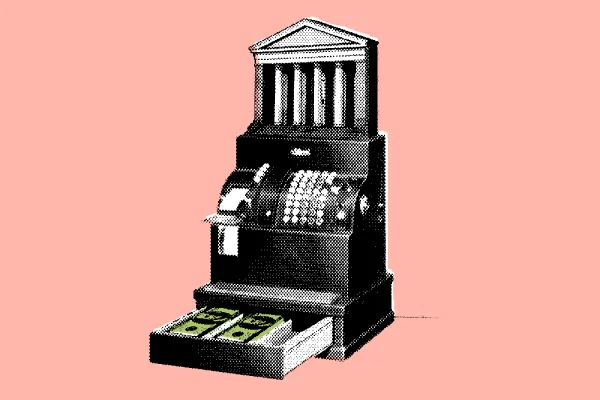That comment comes not from an indicted Enron Corp. executive but from Rich Tanenbaum, founder of New York based Savvysoft, a leading provider of transaction-structuring and modeling systems for the derivatives industry.
Beginning in the late 1970s with the groundbreaking VisiCalc and now epitomized by Microsoft Corp.'s ubiquitous Excel, computerized spreadsheets were designed as simple accounting aids with rows and columns that could be updated in real time. Yet these humble tools evolved into "the heart and soul of every application we see on the trading desk," notes Tanenbaum. That's because he and a host of financial technology specialists have, like car customizers, been souping up these Saturns of software so that securities analysts, traders and money managers can rely on them to test-drive the most intricate of investment and risk models and then implement them.
As quantitative trading and analysis have taken off, so have efforts to power Excel further -- increasing its speed and its capacity to handle extremely complex models and algorithms while strengthening the spreadsheet's security to keep data from falling into the wrong hands and improving Excel's compatibility with front-, middle- and back-office computer systems. "We've seen more in the way of innovation over the past couple of years as people's lives increasingly revolved around Excel," observes Rikki Tahta, CEO of Clovis, a London-based provider of messaging technology.
Without such advances, many of them initiated on or for Wall Street, spreadsheets would forever have been stuck in the slow lane. Jonathan Rochelle, CEO of New Yorkbased software shop 2Web Technologies, recalls that when he was an information technology manager at J.P. Morgan & Co. in the 1980s and 1990s, he would have preferred that people stop using Excel for critical analytical and collaborative tasks. "It was too hard to control, couldn't be integrated into the bank's enterprise applications and wasn't scalable," he says.
Even today system architects are wary of rogue spreadsheets that can fall through the cracks of risk management. "If you're still dependent on spreadsheets [to initiate trades], you're exposed in the world of Sarbanes-Oxley," warns Kevin Hesselbirg, COO and CFO of Mitchel Field, New Yorkbased trading systems vendor OpenLink Financial, referring to the law that holds management accountable for risk.
Technology suppliers have worked for years to overcome spreadsheets' shortcomings. Microsoft maintains a directory of dozens of companies that sell Excel enhancements, known as add-ins.
Rochelle's 2Web Technologies has developed a method for converting a spreadsheet into an Internet application that can be accessed and updated through Web browsers. The people who write and control the spreadsheet can publish and disseminate it without having to wait for the IT department to assign a programmer.
Consider a "fundamental spread" model that Deutsche Bank distributes online. "Clients who agree with the model but disagree with the underlying macroeconomic assumptions can simply plug their own assumptions into it," says Jed Evans, Deutsche's head of emerging-markets analytics. "This is not just another add-in with computing power," Evans adds. "I can customize what I deliver to a specific client."
Savvysoft in June released an add-in called TurboExcel. It accelerates calculations by a factor of 300.
"We found one guy whose spreadsheet took seven days to run," says Tanenbaum. "We can reduce that to 30 or 40 minutes. And a one-minute spreadsheet operation takes well under a second -- that's a big deal on a trading desk."
It looks like the aging spreadsheet's number is not up yet.





